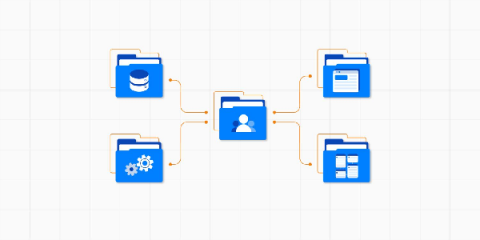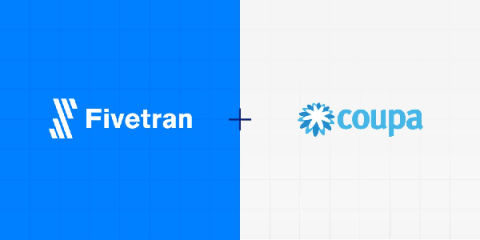The Five Types of Data Integration
Data integration is crucial in today’s business world. Business data comes via many sources, from internal databases to clicks on a website. Being able to access all your data in one place helps your business make better, faster decisions. But how do you integrate all your data, and what’s the best way to do it? Here we discuss five data integration methods, how they work and why businesses continue to choose them.







